Digital Marketing for Product Manufacturers Explained
With the world becoming increasing digitalized, with rapid technological advancements, most buyers starting their purchase journey online via digital platforms, and people spending increased number of hours per day on social media platforms, it’s imperative to switch from traditional marketing methods to not lose out on customers and ensuring that your business and income flow remains steady. Your buyers have evolved and you need to change too to keep up with them.
1. Traditional Way
Traditional methods are no longer the best or only way to reach new customers. Now marketing can be broken down into two basic types:
Outbound- It is a self-focused, one-way communication. The goal is to blast your message out far and wide to as large an audience as possible. Examples are: emailing without permission (to a pre-purchased list), Broadcast (radio, TV), Print ads, Direct Mail, Telemarketing, Outdoor boards and Events.
Inbound- It is a customer-focused, two-way communication. It is permission-based, with a goal of providing personalized, helpful, relevant content and meeting customers where they are. Examples are: Email with permission (to contacts who have opted-in), Content marketing, Websites, Video, Webinars, Social Media, PPC Ads.
While trade shows, word-of-mouth referrals and networking events are staples of most industrial marketing programs for good reason because they work, unless you evolve as per your targeted audience, you won’t be successful in closing them. Manufacturers must have a strong digital presence to attract ideal buyers (and ideal job candidates!) and increase their chances of being shortlisted.
2. Digital Marketing Advantages
Digital marketing can solve many pain points for manufacturers, engineering firms and construction companies, such as:
- Educating buyers on complex products
- Improving brand perception and industry perception
- Generating qualified leads
- Increasing sales velocity
- Recruiting skilled workers
The best digital marketing humanizes your brand, and brings it to life through:
- Video
- Podcasts
- Social media
- Blogging
- Your website
Having a variety of digital content allows your buyers to consume information based on their personal preferences, which builds trust.
3. Lead Generation
The most important part of your business is to drive and generate leads who will turn into valuable customers thereby increasing your sales and profits. Without leads, your business will most assuredly fail. A company may have several important goals, but a large percentage of organizational goals focus on lead generation. Marketers, particularly B2B and B2C marketers, rely on several channels to drive leads to their businesses and boost their conversion rate. When it comes to lead generation, quality matters over quantity.
In a research conducted by Ascend2 to find out what were the most effective tactics for both lead generation and lead nurturing, the results came out to be as follows:
Email Marketing: 48%
Website or landing pages: 44%
Content Marketing: 43%
SEO: 37%
Social Media Marketing: 26%
Webinars or Virtual Events: 26%
Paid Search or Online Advertising: 23%
Testing and Optimization: 10%
Here are some tried and tested lead generation hacks:
Hack #1: Lead generation starts at home—review your homepage messaging
Hack #2: Link to your webinars directly in your content
Hack #3: Use Google as your login
Hack #4: Specialize: Separate your lead generation team from your sales team
Hack #5: Use strong verbs to write powerful headlines that draw attention
Hack #6: Create an irresistible offer and syndicate across blog communities
4. How to reach out to exact target Audience
With a clearly defined target audience, it is much easier to determine where and how to market your company. Here are some tips to help you define your target market.
- Look at your current customer base.
- Check out your competition.
- Analyze your product/service.
- Choose specific demographics to target.
Figure out not only who has a need for your product or service, but also who is most likely to buy it. Think about the following factors:
- Age
- Location
- Gender
- Income level
- Education level
- Marital or family status
- Occupation
- Ethnic background
Consider the psychographics of your target.
Psychographics are the more personal characteristics of a person, including:
- Personality
- Attitudes
- Values
- Interests/hobbies
- Lifestyles
- Behavior
Once you have narrowed down on your potential target audience, once again re-evaluate your decision. Also be sure to consider these questions:
- Are there enough people who fit my criteria?
- Will my target really benefit from my product/service? Will they see a need for it?
- Do I understand what drives my target to make decisions?
- Can they afford my product/service?
- Can I reach them with my message? Are they easily accessible?
5. Portals for B2B and B2C
Top 10 B2B Platforms to Help your Business Grow:
- Alibaba – Wholesale B2B Marketplace
- IndiaMART
- TradeIndia – Online B2B Marketplace in India
- go4WorldBusiness – Great Wholesale B2B Marketplace
- JimTrade
- Tradeford
- Amazon Business
- ExportersIndia
- WebdealIndia
Top 10 B2C Platforms to Help your Business Grow:
- Amazon
- Flipkart
- Myntra
- Snapdeal
- Shopclues
- Jabong.com
- PayTm
- Written by: Vishesh Kumar
- Posted on: September 6, 2020
- Tags: Manufacturer, Product Marketing
